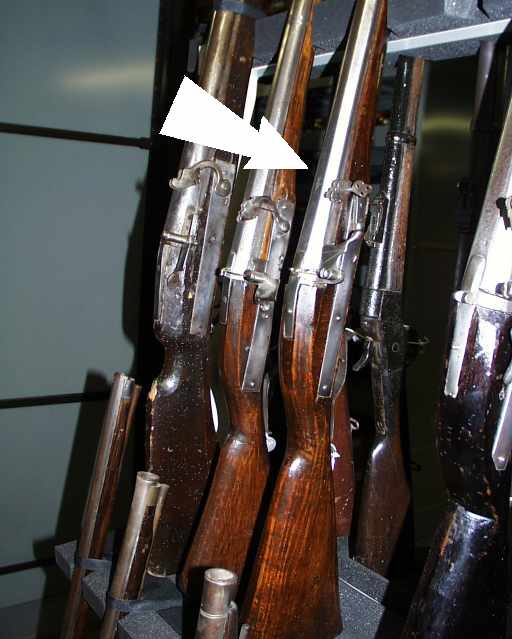Karl, I"m sorry this has taken a while but I've had to do some serious digging through all my files in an attempt to find a Landsknecht armed with a pistol. Sadly, I've come up empty on a picture. The best pictures I've found were of the Battle of Pavia in February 1525 in which harquebusiers played a significant role in the Holy Roman Empire's defeat of the French. All firearms shown are shoulder or cheek fired harquebus type weapons in the hands of the 'Austrian' or 'German' troops. Most cavalry are armed with lances and swords and the majority of the infantry with spears, pikes or bill weapons. Only the German harguebusiers appear to armed with firearms.
Did have some luck with written descriptions though. These dealt with the Holy Roman Empire's provided troops to Henry VIII for his campaign in 1544. Found a lot of extraneous information about infantry and cavalry both and how both of the mercenary groups were armed. The infantry appear to have been armed much like the British of the day, swords, pikes,brown bills, bows, buckler, sallet and two-pronged iron stakes to resist cavalry charges. The cavalry, especially heavy cavalry, hired by Henry were 'German'Reiter(Ritter or 'Swarte Rutters') to the English, were armed with "boresperes and shorthandgonnes", by which it is thought this comment meant boar spears and pistols. What exactly these "shorthandgonnes" may have looked like is speculation at this point. I've found one matchlok pistol, a hand drawn item for the book of military weapons, but is a later style matchlock with the more conventional bar trigger, and not very convincing for the Landkencht era. For reference, "boresperes" are large, thick bladed, short spears descended from early German Jaegers as hand weapons usd to hunt wild boars. Most of the Landknecht infantry and cavalry Henry VIII hired, fought in more conventional English style with English style weaponry. Sorry no picture has come to light, still plodding along. Wes









 :surrender:
:surrender:
